Ranthambore
Where History Roams Wild: A Deep Dive into Ranthambore’s Story
Ranthambore, famous globally as one of India’s premier tiger reserves, is a unique destination where ancient history and raw wilderness intertwine. Unlike other Rajasthani cities built around urban centers, Ranthambore’s narrative is dominated by its formidable fort and the thriving wildlife that now calls its ruins and dense forests home. It’s a compelling story of power, resilience, and nature reclaiming its space.
The Fort’s Genesis: A Strategic Stronghold (10th Century Onwards)
The history of Ranthambore is inseparable from its colossal Ranthambore Fort, a UNESCO World Heritage Site. The exact origins of the fort are debated, but it is generally believed to have been constructed in the 10th century by the Chauhan Rajputs. Its strategic location, perched atop a steep hill and surrounded by a dense jungle and a complex network of lakes, made it almost impregnable.
- Chauhan Dynasty: The fort rose to prominence under the Chauhans of Sakambhari (Sambhar). It was a key stronghold for them, representing a powerful bastion against invading forces from the Delhi Sultanate.
Periods of Conflict and Control (13th – 18th Centuries)
Ranthambore Fort’s strategic importance meant it was a coveted prize, leading to numerous sieges and changes of hands throughout its history.
- Alauddin Khalji’s Siege (1301 AD): One of the most famous and brutal sieges occurred under the Delhi Sultan, Alauddin Khalji. The fort was defended valiantly by Rao Hamir Dev Chauhan, known for his unwavering commitment to his principles. Despite fierce resistance, the fort eventually fell, leading to a jauhar (mass self-immolation) by the Rajput women, a poignant moment in its history. This event is vividly described in historical texts like Hamir Mahakavya.
- Mughal Influence: After periods under the Delhi Sultanate, the fort eventually came under the control of the Mughals, including Emperor Akbar, who recognized its strategic value. Remnants of Mughal architecture can be seen within the fort complex.
- Jaipur Rulers: In the 18th century, the fort was eventually captured by the Kachwaha rulers of Jaipur (Amber). It remained part of the Jaipur state until India’s independence.
Transformation into a Wildlife Haven (20th Century)
While the fort’s military significance waned with the changing times, its surrounding forests, which had always harbored wildlife, began a new chapter in the 20th century.
- Royal Hunting Grounds: For centuries, the forests around Ranthambore were the exclusive hunting grounds of the Maharajas of Jaipur. This control, paradoxically, helped in preserving the forest cover to some extent, as general public access was restricted.
- Project Tiger (1973): The pivotal moment for Ranthambore’s modern identity came in 1973 when it was declared one of the first nine tiger reserves under “Project Tiger,” an ambitious conservation initiative launched by the Indian government. This marked the beginning of dedicated efforts to protect the dwindling tiger population.
- National Park Status: In 1980, Ranthambore was declared a National Park, further strengthening its protected status and focusing efforts on wildlife conservation and ecological balance.
Ranthambore Today: Nature’s Resurgence
Today, Ranthambore is globally recognized for its thriving tiger population and exceptional opportunities for wildlife photography and safaris. The ancient fort stands as a silent sentinel over the jungles, its ruins now providing shelter and vantage points for the very wildlife it once protected. The juxtaposition of historical monuments within a vibrant wilderness creates an incredibly unique and compelling experience.
Visitors come not just to witness the majestic Bengal tiger but also to explore the fort’s ancient temples (like the Ganesh Temple), palaces, and various ruins that dot the landscape, offering a tangible link to its storied past. Ranthambore is a powerful testament to successful conservation efforts and the enduring beauty of both nature and history.
- Destination Ranthambore
- How to Reach Airport / Railway Station / Bus Stand
- Included Food Hotel Stay
- Not Included Monumental Charges
Tour Plan
Fort & Palace
Lakes & Natural Beauty
Wildlife & Safari
Tour Location
Location info
Reaching Ranthambore: Your Safari Adventure Awaits Ranthambore, famous for its magnificent tigers and historic fort, offers an exhilarating wildlife and cultural experience. While it doesn't have its own airport, it's well-connected by rail and road from major Indian metropolitan centers. Aadesh Venture can assist with comfortable and reliable taxi services for transfers and local tours upon your arrival.
How to Reach Ranthambore from Metro Cities: Nearest Major Connectivity Point: Sawai Madhopur Ranthambore National Park is located very close to Sawai Madhopur (SWM) railway station, which is the primary gateway for visitors.
1. From Delhi (National Capital Region):
Distance: Approximately 380-400 km to Sawai Madhopur. Transport Mediums: By Train: This is the most popular and convenient option. Numerous direct trains (including superfast and express trains) connect Delhi to Sawai Madhopur. Journey time is typically 4.5-7 hours. From Sawai Madhopur station, Ranthambore National Park is a short 15-20 minute drive. By Road: A direct drive would take approximately 7-8 hours. You can hire a private taxi from Aadesh Venture for a comfortable journey. By Flight: Fly to Jaipur (JAI), then take a taxi or train to Sawai Madhopur. 2. From Mumbai (Financial Capital):
Distance: Approximately 1050-1100 km to Sawai Madhopur. Transport Mediums: By Train: Several direct trains connect Mumbai to Sawai Madhopur. This is a popular overnight option, with journey times ranging from 15 to 18 hours. By Flight: The most time-efficient way is to fly to Jaipur (JAI), then take a taxi or train to Sawai Madhopur. 3. From Jaipur (Rajasthan's Capital / Nearest Major Airport):
Distance: Approximately 160-180 km to Sawai Madhopur. Transport Mediums: By Road: This is a very popular and comfortable route, taking around 3-4 hours by car. Aadesh Venture offers excellent taxi services for this route, perfect for a direct transfer to Ranthambore. By Train: Regular train services connect Jaipur to Sawai Madhopur. Journey time is usually 2.5-3.5 hours. 4. From Jodhpur (Another Major Rajasthan City):
Distance: Approximately 400-420 km to Sawai Madhopur. Transport Mediums: By Road: A drive of about 7-8 hours by car. Aadesh Venture can arrange a comfortable taxi for your journey, allowing you to enjoy the changing landscapes. By Train: Direct train connections are available, with journey times typically 6-8 hours. Upon Arrival in Sawai Madhopur:
Once you arrive at Sawai Madhopur Railway Station, Aadesh Venture's reliable taxi services with experienced local drivers will be ready to pick you up and transfer you directly to your resort or hotel near Ranthambore National Park. Get ready for your exciting safari adventure!
Contact Aadesh Venture to arrange your comfortable transfers and local tours for your thrilling Ranthambore experience!


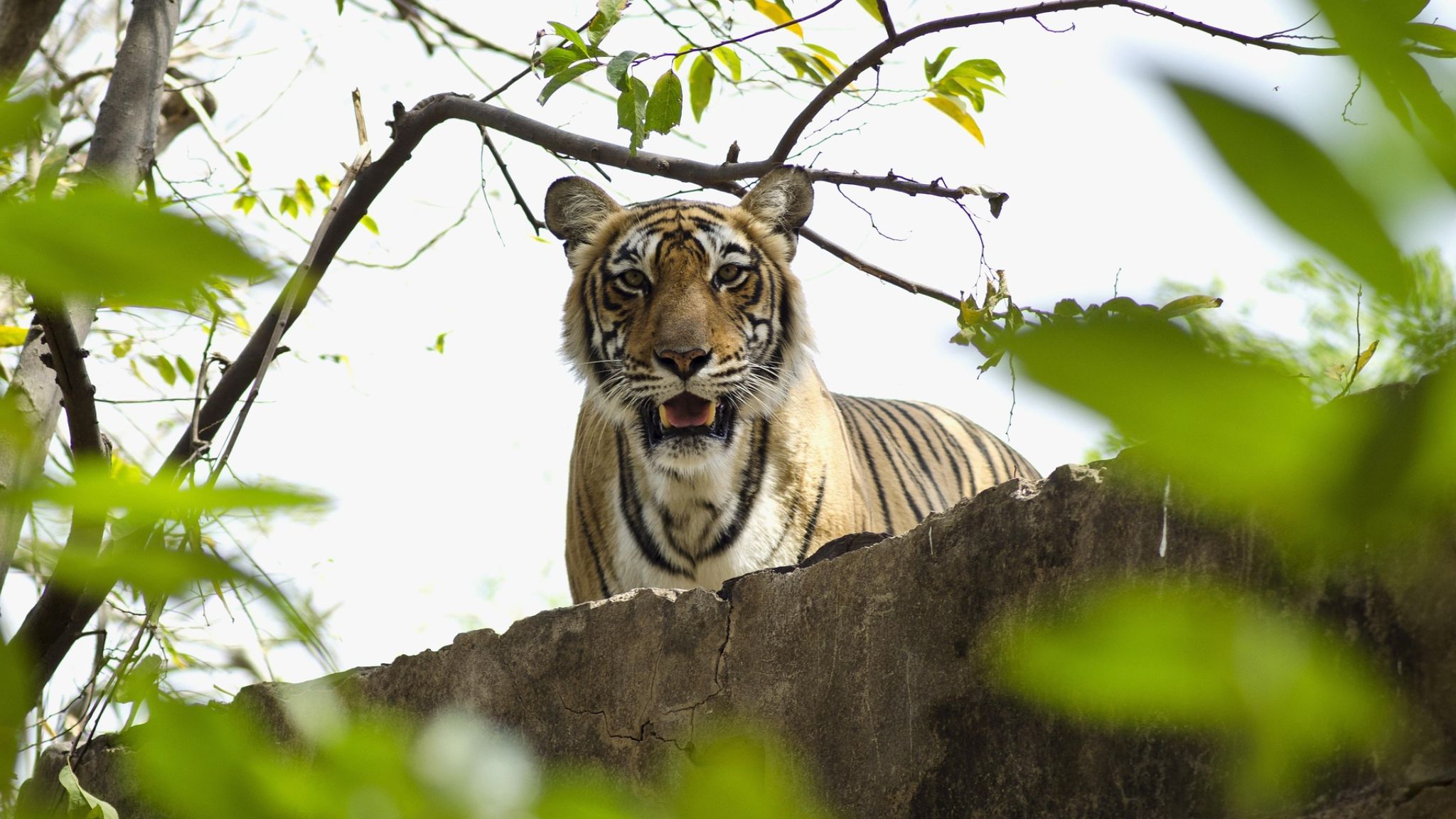
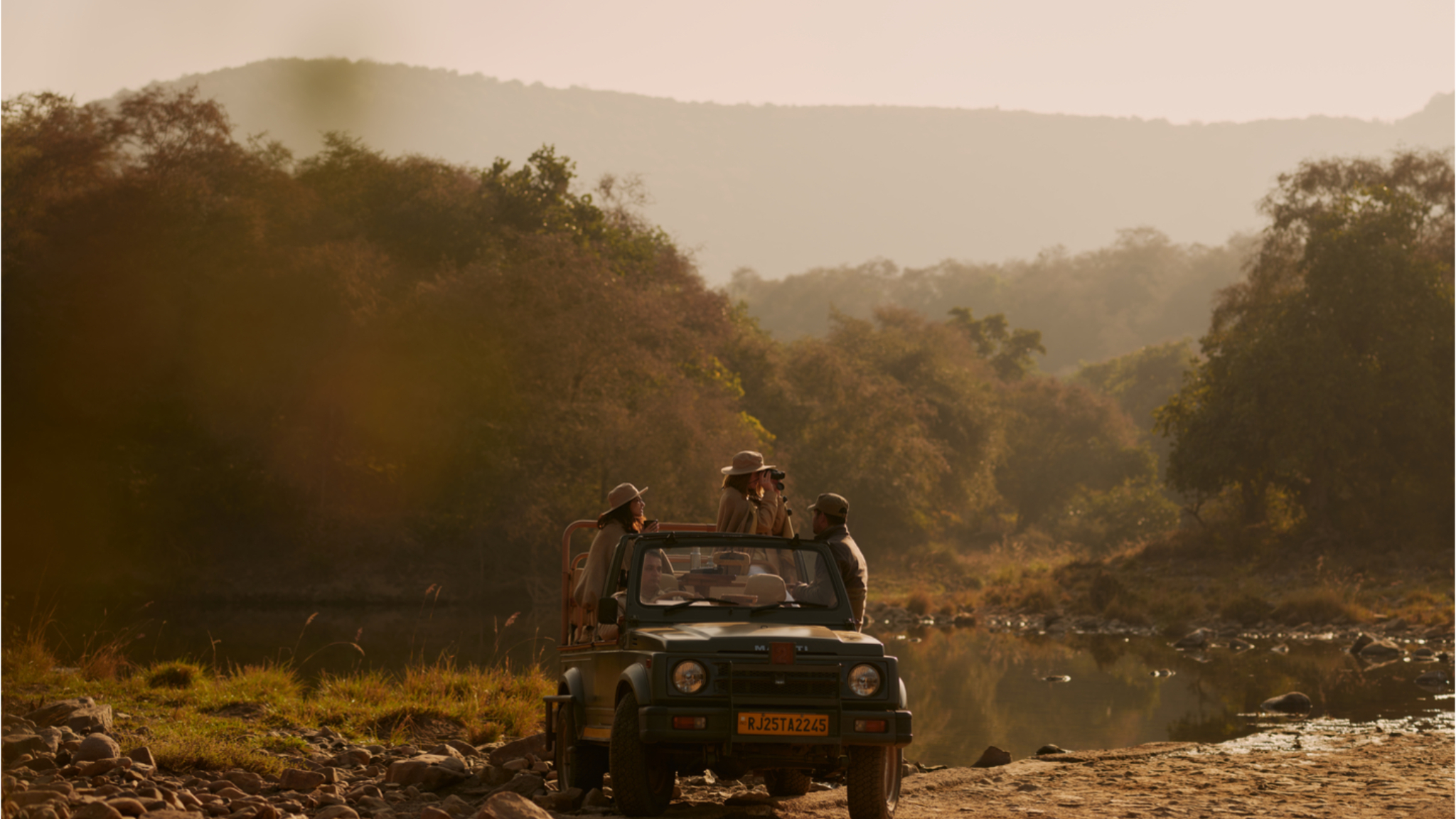










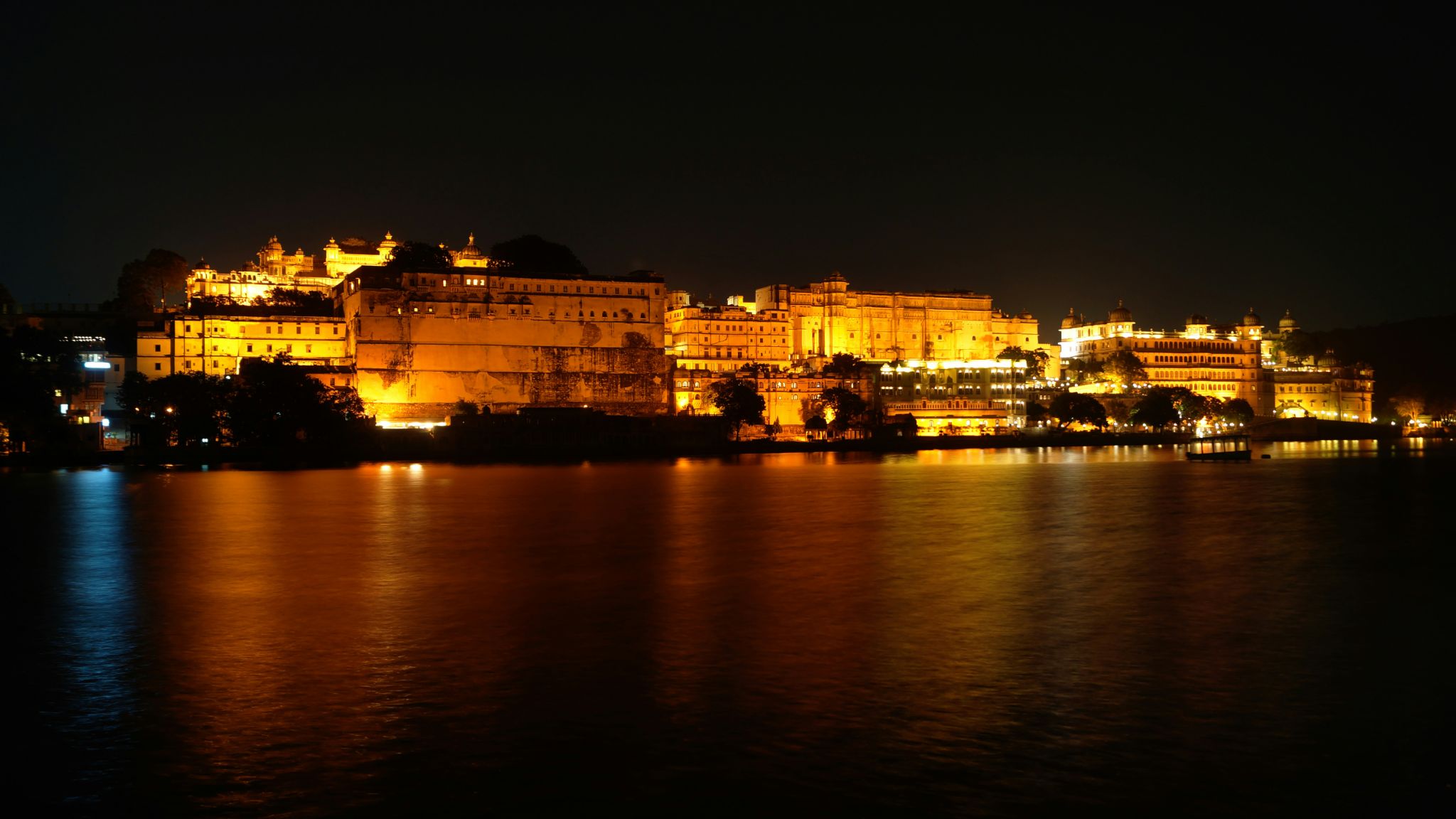
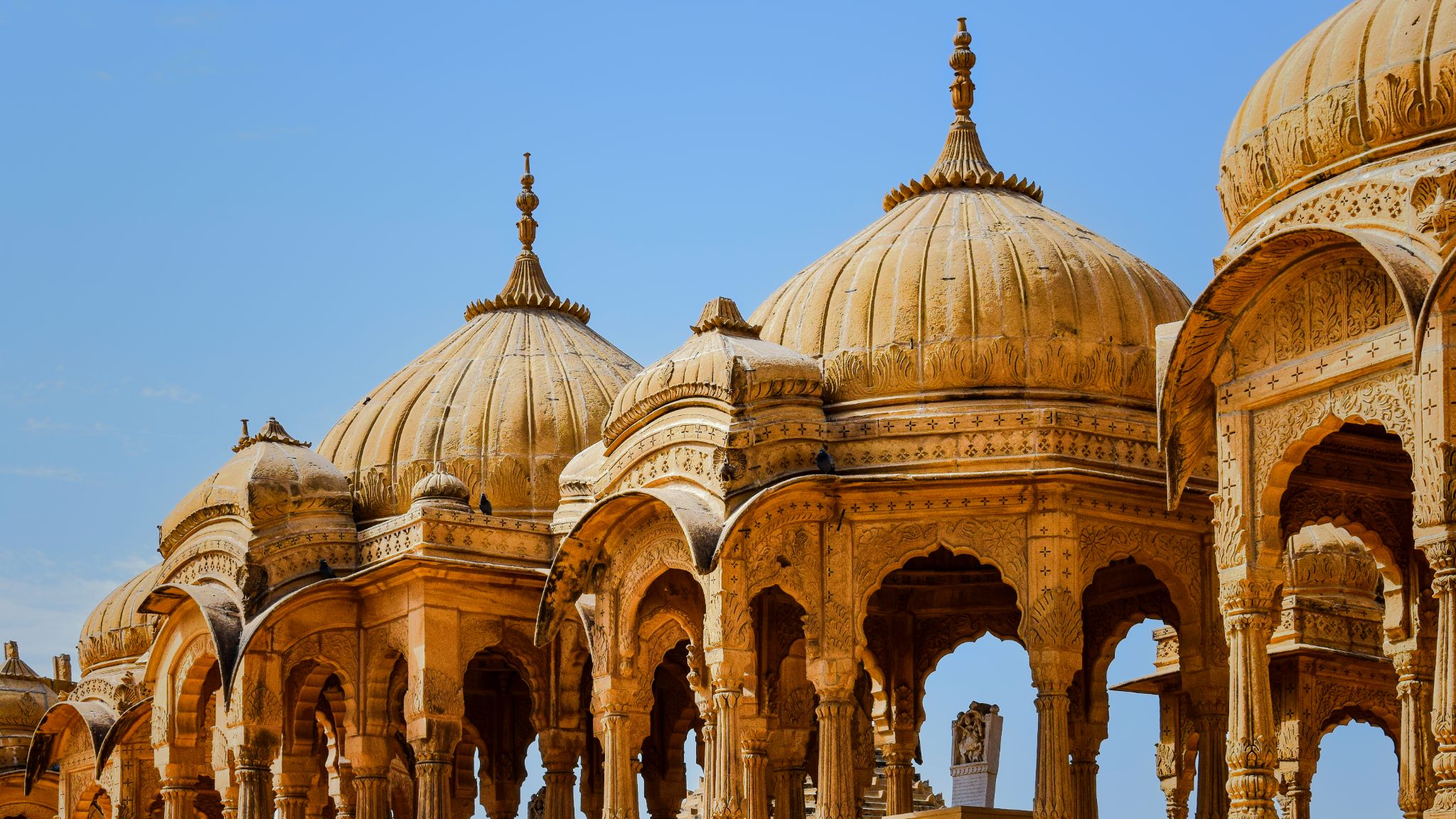
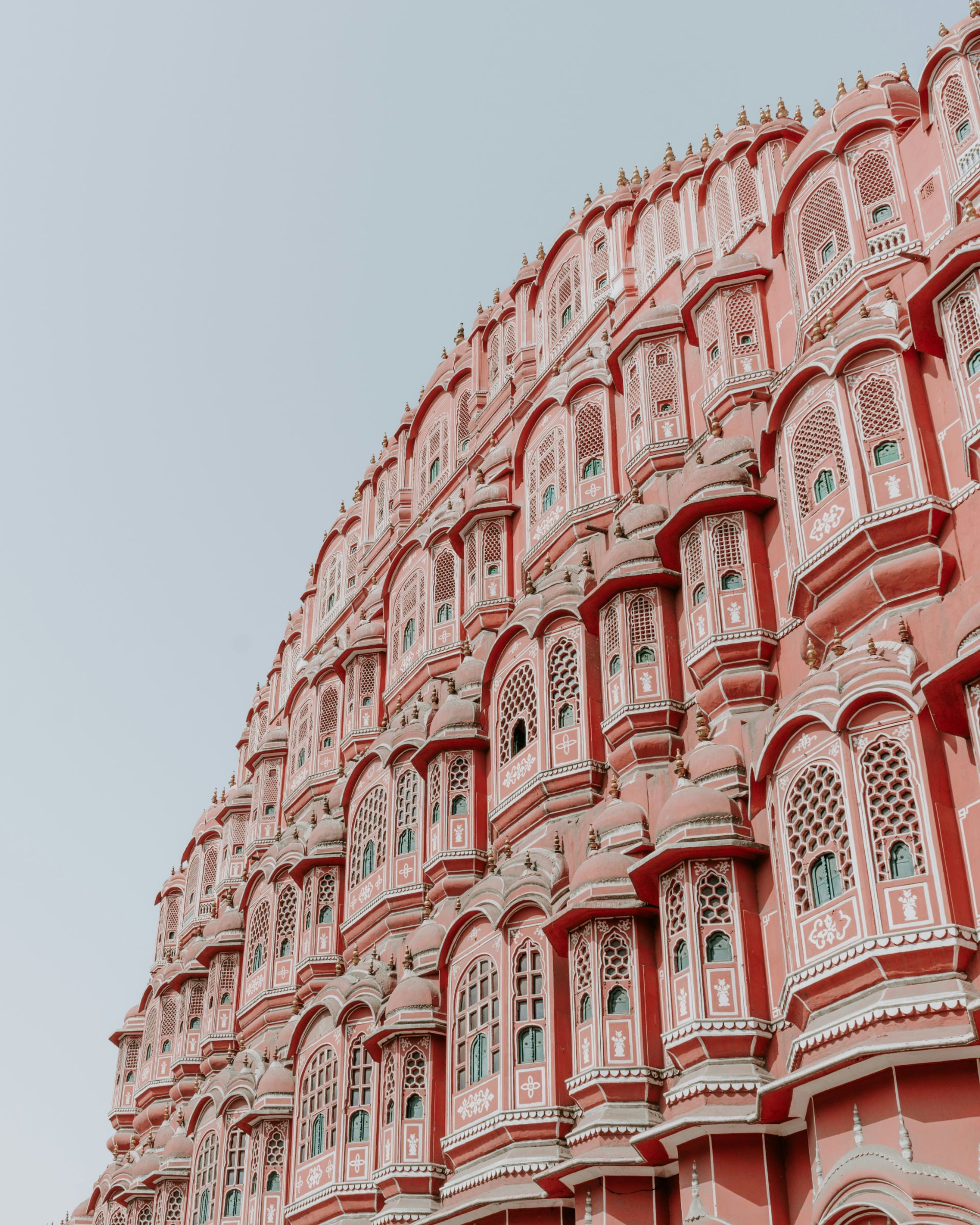

Leave a Reply